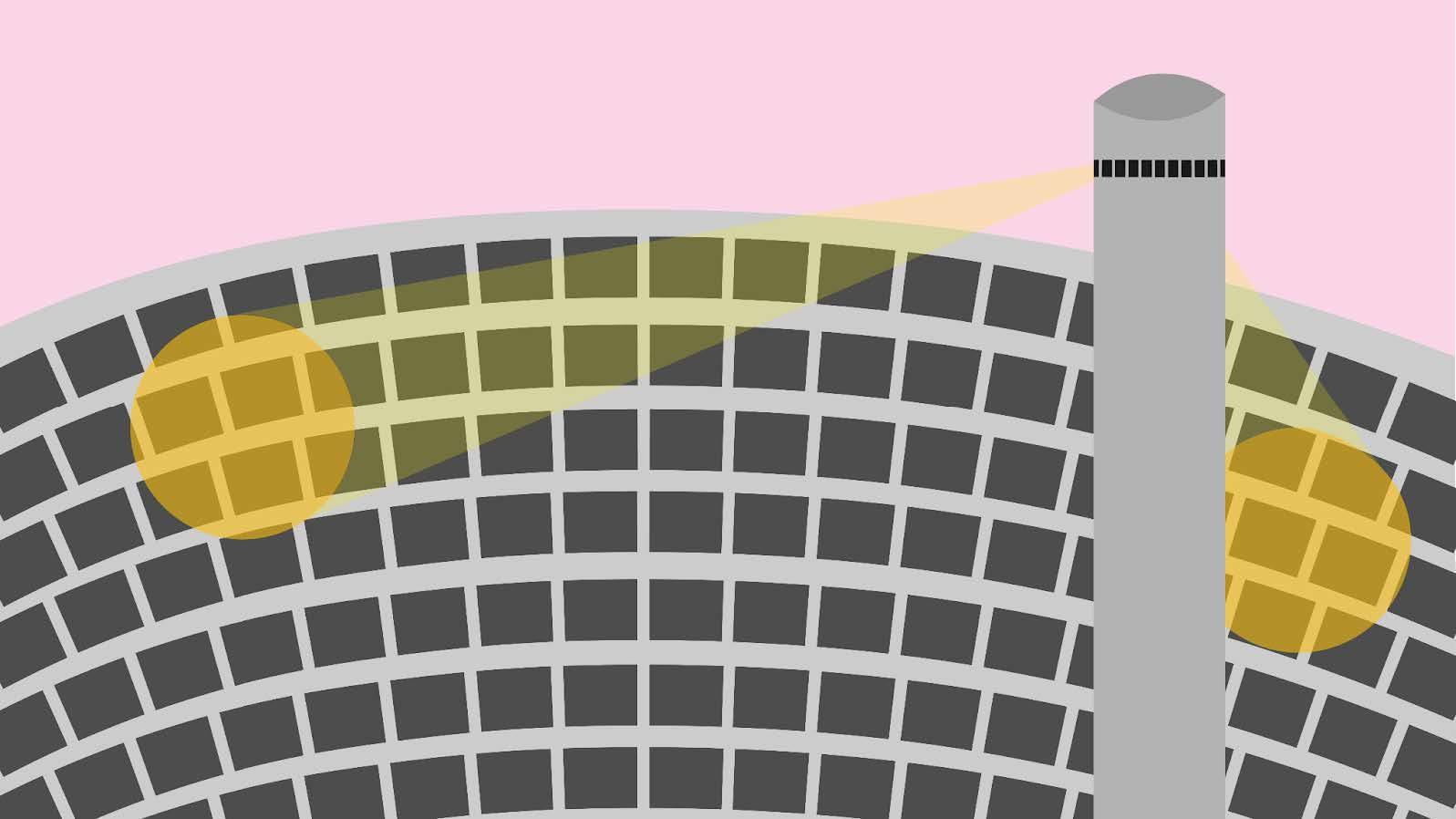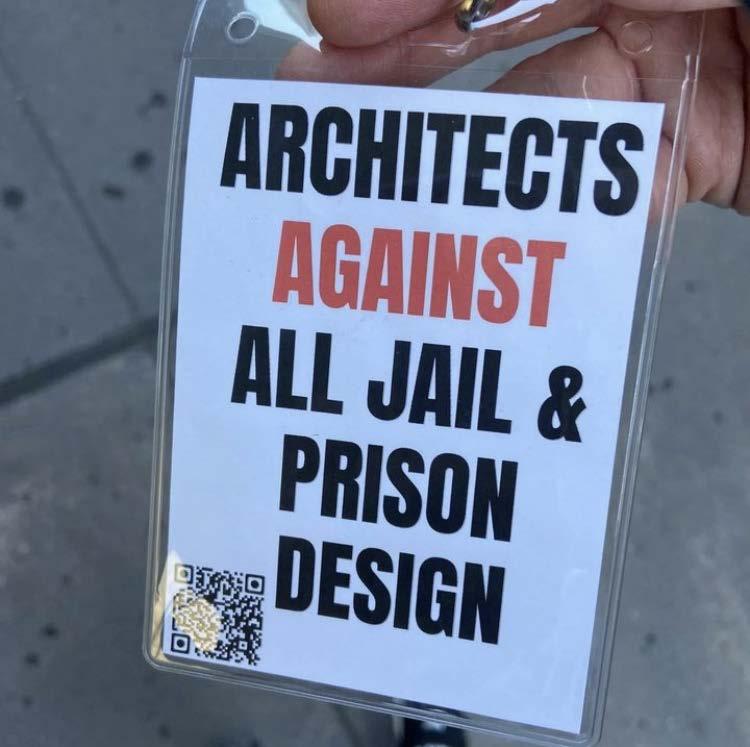
3 minute read
Comfort as Ornament:
THE CASE OF THE ANTI-FEMINIST FEMINIST JAIL
ORNAMENT AS COMFORT: THE CASE OF THE ANTI-FEMINIST FEMINIST JAIL
Advertisement
BY GEORGIA DILLANE AND JHARNA KAMATH
At 31–33 West 110th Street, less than ten blocks away from Columbia, lies Lincoln Correctional Facility, a minimum security men’s prison that closed in 2020. The site is the proposed home of the “Women’s Center for Justice,” a concept developed by Michelle Feldman of the Women’s Community Justice Association in conjunction with the Prison and Jail Innovation Lab at the University of Texas at Austin and the Justice Lab of Columbia University. The project attempts to propose a reformed solution for the imprisonment of “women and gender expansive people” once Rikers Island is closed, part of New York’s plan to replace the large prison with smaller, borough-based jails.
Although the project proposes a “‘Reentry at Entry’ model that focuses on therapeutic care, family unification, and skills building to break the cycle of incarceration,” the model proposes only reform and ethical imprisonment, something that fundamentally does not exist. The project does little to differentiate itself from a classical prison model, instead dressing it up with a variety of humane buzzwords.
Ultimately, it can be likened to form and function, utilitarianism and ornament: a beautiful jail is still a jail. Prison design has long been the test site of violent architectural design. Architects have experimented with ways to incarcerate people, even before policing was invented (key word: invented). The prison itself acted as a form of structural policing, instilling fear and harm onto impressionable populations. Bentham’s panopticon was adopted for prison use and implemented into a structural tactic of violent surveillance. The abandonment of its physical design does not mean, however, that its legacy does not continually permeate strategies of surveillance as violence in the carceral state largely. The proposed “Feminist-Jail” acknowledges the violence of prison design, as it attempts to subvert the harmful structural qualities of prisons, all the while operating within the same prison industrial complex that upholds the prisons that they claim to distance themselves from. The “Women’s Center for Justice” is a prison. Plain and simple. As much as they will decorate it with a new reformist name and inclusive language (“ a first-of-its kind gender-responsive, trauma-informed facility”), it is a carceral space, within a carceral state.
Below, we pick apart their language of design, and what they qualify as innovative use “evidence-based practices,” to reveal the inherent violence that they try to cover up.

“Evidence-based
best practices” Reality
“Comfortable furniture made of natural materials that feel homelike and contribute to a normalized environment”
“Small groups of rooms with 12 or fewer residents to foster a sense of community”
“Center should have a ‘blue room’ where residents can decompress and participate in activities such as watching nature videos. Access to nature and natural elements can significantly improve residents’ behavior and mental health.”
“A separate building, miles away from the men’s jail, which will reduce the potential for re-traumatization.” former women’s correctional facility into a community center dedicated to women. Clearly what to do with the skeletons of the United State’s massive prison industrial complex is a continued project with a variety of solutions. The Anti-Feminist-Feminist Jail sees comfort as ornament instead of comfort as a fundamental piece of the places that shelter us. Proximity to the community does not negate the physical separation between prisoners and their families. A home-like environment is not the same as being at home.
“Homelike” facilities are not the same as being at home.
Community is not fostered by forcefully assigning a group of people to a room.
Fails to consider how being incarcerated itself significantly harms one’s mental health.
“No blind spots, except in areas where privacy is important, to reduce the risk of violence, sexual misconduct, or the use of contraband.”
Being incarcerated is traumatizing in and of itself. Claiming that a solution to re-traumatization is physically separating the jail from another jail, avoids the reality that those working in a jail cause this trauma that they claim they want to avoid.
Surveillance.
List of practices taken from “A Safer New York City: The Women’s Center for Justice: A Nation-Leading Approach on Women & Gender-Expansive People in Jail.” Published by Women’s Community Justice Association in collaboration with HR&A, the Columbia Justice Lab and UT Austin’s Prison and Jail Innovation Lab.
Many of our current conversations tend to center the idea of architecture as care. Designers are expected to create for a wider audience, considering bodily ability, social dynamics, and environmental concerns along with more traditional ideas of form and beauty, to name a few. It must then follow that as designers, we need to unpack the implications of our work. Our involvement does not begin and end at the drafting board, but continues into what we create. If, as architects, we have always been so concerned with legacy, this includes the social, environmental, and ethical legacies of the things we create. Architecture is not a neutral discipline, and architects are complacent in upholding a harmful system, even if that form is a “beautiful” prison.
The Women’s Center for Justice is not the end of this conversation. Design firms like HDR have designed hundreds of jails and prisons, using the language of progress and reform to make themselves appear socially responsible. Evidently, HDR has received enough backlash for their involvement in “Justice Architecture” that they removed the page from their website (https://web.archive.org/ web/20201024123201/https:/www.hdrinc.com/markets/justice). Projects like the Women’s Building by Deborah Burke Partners seek to transform prisons into non-carceral institutions, turning an abandoned
DANA LEE
Environment Studio
Lindsay Harkema
Spring 2023










